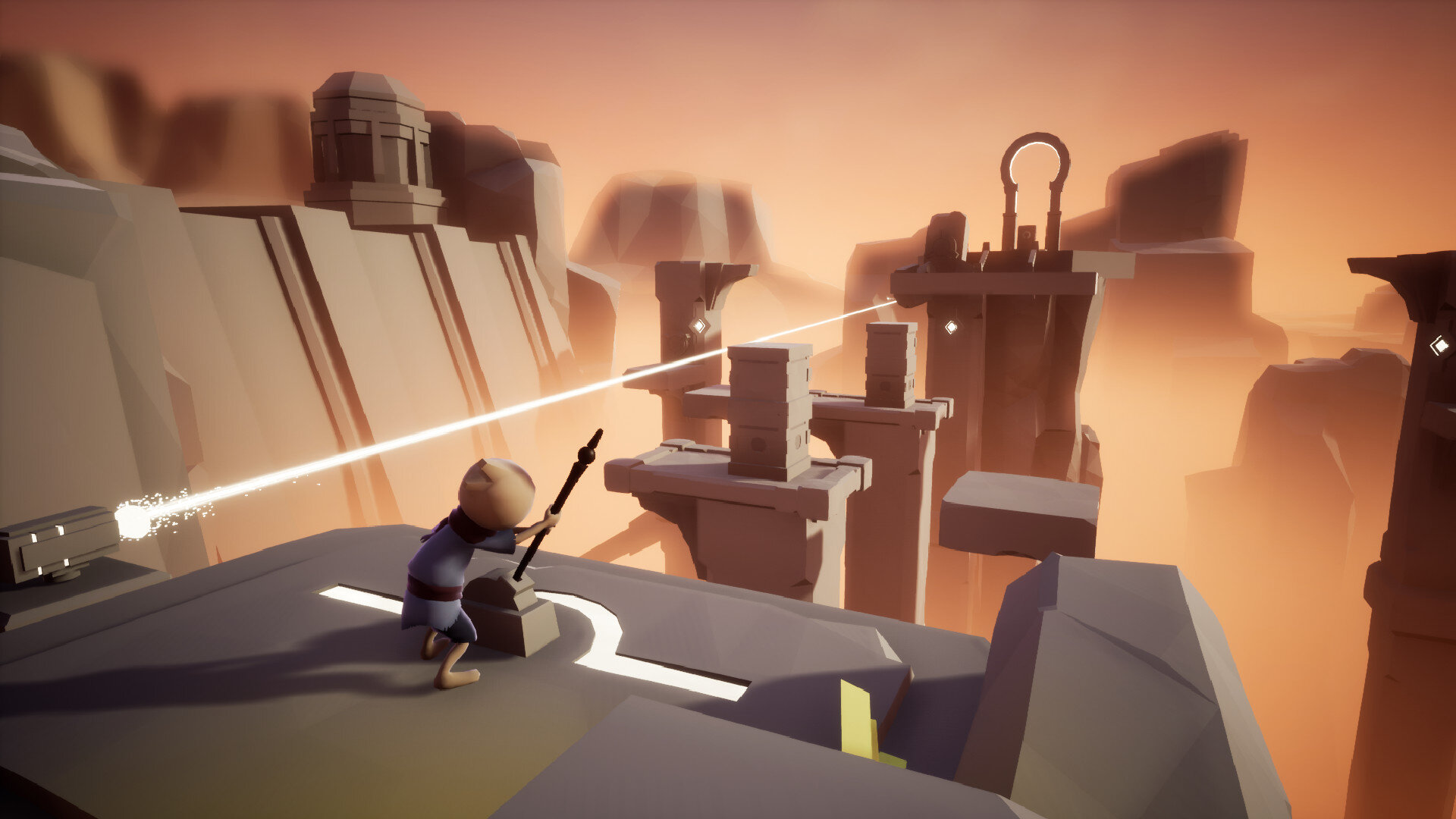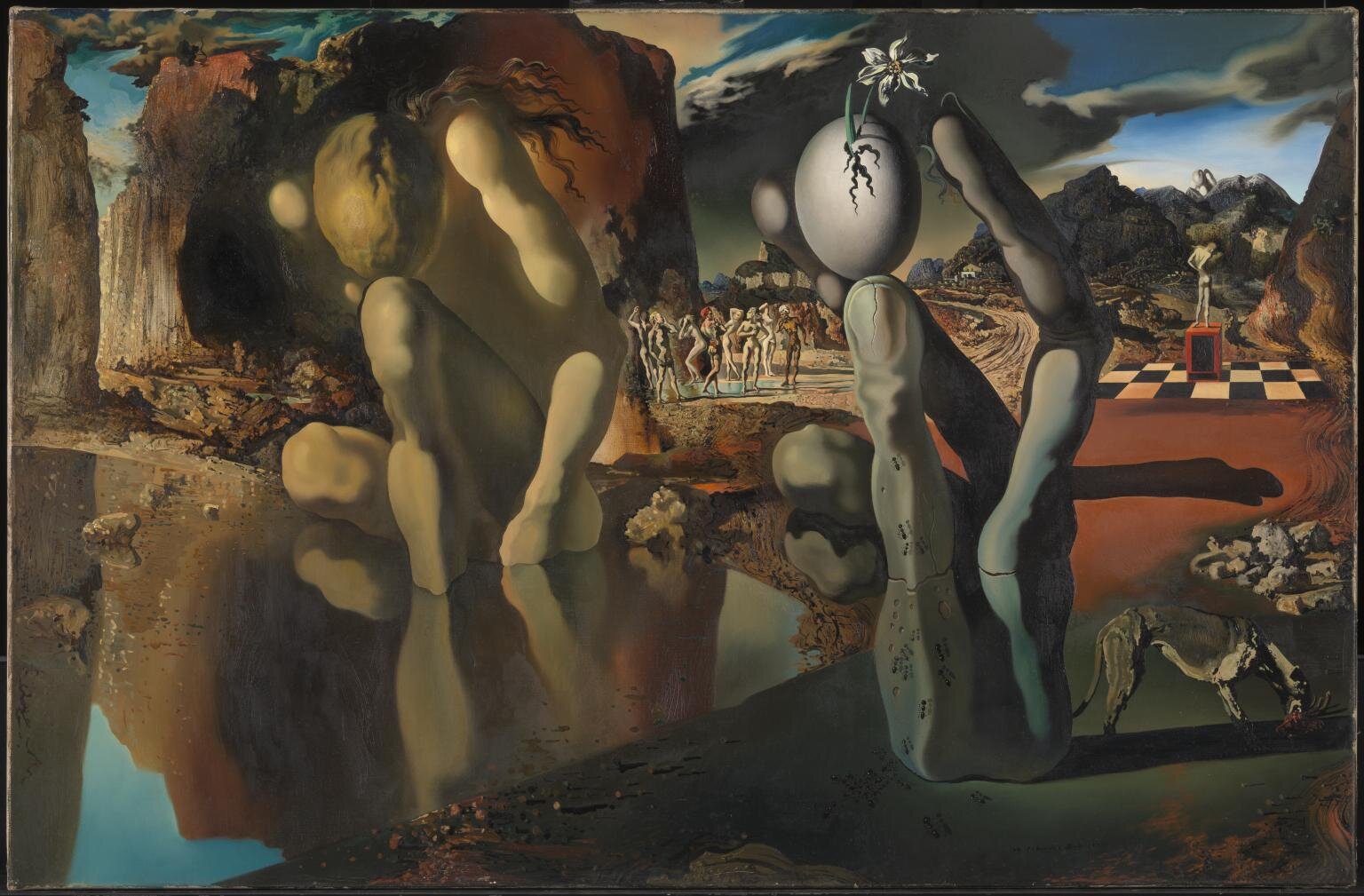I have watched the sort of idolatry in which Ready Player One revels grow over the years in the gaming community, and I find it, frankly, terrifying. The things Ernest Cline references are the same things loved by people who claim politics (what they really mean here is themes) are destroying [post-]modern art, but it takes the same sort of unthinking, loveless, joyless consumption of art to conclude that pretty much anything Ernest Cline references is apolitical. Yet I cannot help but feel pity for such people, because to consume art in this way, means that their own life must be without thought, without love, and without joy.
I had hoped that Ready Player One would, at least, have offered me some insight into this horrific way of conceiving of art, but on finishing it I am just as confused and frightened when confronting such thinking as I have ever been.
How can Cline claim to love anti-consumerist Rush, when he has written a novel which reduces the likes of Tolkien to an intellectual property which exists only for the purpose of mass production? I may be as frustrated by Tolkien’s works as much as I love them, and think very little of the film adaptations, but in speaking to lovers of both I have never had difficulty in understanding why they love them; why Cline does, I cannot even guess. Indeed, how can Cline claim to love anything at all, when the love interest of his story is a narcissistic projection of the protagonist, exactly in reality as he envisioned her in his head?
I am left with the troubling notion that, perhaps, the protagonist is a narcissistic projection of Ernest Cline himself.










